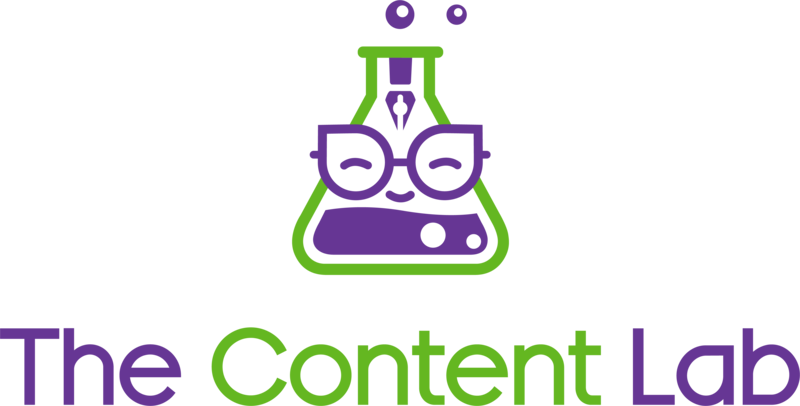Website accessibility is incredibly important and should always be considered when designing a website.
Some people just can’t use the web the same as others and struggle to navigate complex designs or digest difficult topics. Today we’re going to discuss how neurodivergent people find it hard to use aspects of the web. We’ll also show you how you can make it easier for your neurodivergent audience.
Neurodiversity, or being neurodivergent, affects around 20% of people, which is quite a lot of individuals. Neurodivergent people often face difficulty when it comes to learning, mood, attention, social skills, literacy and numeracy. Many of these neurodiverse people are on the web interacting with sites like yours all the time.
With so many neurodivergent people out there, it’s important to ensure that your website is accessible to them.
Let’s get into what you can do to help make the web and your website more accessible for people with disabilities.
What is neurodiversity, and how does it affect website accessibility?
Neurodiversity, or being neurodivergent, is where a person has learning, mood, attention, social skills, literacy, and numeracy difficulties.
Some of the most common neurodivergent conditions include:
- Dyslexia
- ADHD
- Dyspraxia
- Autism
- Tourette’s Syndrome

When somebody is neurodivergent, they interact with websites differently, and some find it incredibly challenging to concentrate or stay focused on what they’re saying. In some cases, a website can cause information or sensory overload, which causes visual noise and makes it hard to focus on the page.
What’s visual noise?
Visually noisy websites are sites with too many things in one place or too much information in one section. They’re often quite bright and hard to read, making it difficult for neurodivergent users to navigate them.
If your website is crammed full of videos, text, images, and headings, then your website might be too noisy for some users. Of course, these are all necessary parts of a website, so you must include them. With the help of a talented designer, you can easily create a design that incorporates these features without overwhelming the senses.
5 things to consider when designing websites with neurodiversity in mind
By incorporating accessibility into your website design, you’ll be able to ensure that everybody will have an enjoyable experience when visiting your website.
Here are five things to consider when designing websites with neurodivergent people in mind.
1. Typography
Your choice of font is so important for your neurodivergent audience, and there are certain things you should keep in mind when choosing typography for your website.
Use sans serif fonts – these are the most popular font choice for website body text and are also the preferred font for dyslexic users. Serif fonts, on the other hand, make it harder to differentiate letters, so it’s recommended that you don’t use them for your site.
The best fonts to use are Arial, Open Sans, or Lato. Did you know that despite Comic Sans being the enemy of the modern designer and many others, it’s one of the most dyslexia-friendly fonts?

Use lots of space – if you use a serif font, we’d recommend using them for headings only and increasing the distance between letters. Having space between letters and sentences will also make your content easier to read in general.
Make them larger – there’s no need to have small, tiny fonts on your website. Make sure your body text is between 12 and 14 points and your headings are at least 20% bigger.
If you can do all this for your typography, you’ll make your website easier to read and interact with for neurodivergent people.
2. Language
Plain language is always the right call when it comes to writing website copy. Not only is it easy to read and understand, but it also appeals to your neurodivergent audience a lot more than complex language.
Some people worry that writing in a plainer, less complex language will reduce their authority, but this isn’t true. It doesn’t make you sound any less professional but it does make your website more accessible. Plain language makes it easier for people with ADHD and dyslexia to read what you’ve written. It also becomes easier for other people to read it too.
Here are a few tips for writing in plain, simple language:
Use the active voice – users with ADHD might find it easier to consume your content if it’s more active
Avoid using metaphors – they can get confusing, and people with autism often find them challenging to understand
Format your writing – divide large sections of text into smaller paragraphs to make it easier for users to focus
Always use descriptive buttons – instead of ‘click here’, describe what the button does, like ‘download the eBook’
Did you know you can test whether your text is easy to read by using tools like Hemmingway? Getting a score of eight or lower on this app means your content is easy to read.
3. Colour palette and contrast
Soft and mild colours are the best colours for people with autism, as people with autism are more vulnerable to sensory stimulation and can be overloaded with bright colours.
When choosing the colours for your website, it’s a great idea to go with colours that aren’t completely saturated. These types of colours are less stimulating and easier to look at for neurodivergent people.

When it comes to contrast, you’ll be shocked to know that the classic black-and-white contrast is quite tricky for people with dyslexia to read.
You can check to see if your website’s contrast is accessible by using WebAIM. With this, you can tell if your site meets certain WCAG (Web Content Accessibility Guidelines) standards.
4. Sensory stimulation
This is a tricky part to get right as people with autism are often overstimulated, and people with ADHD sometimes need more stimulation to stay focused.
It’s key to try to keep the right balance. Here are a few tips to keep in mind:
Animations can cause a lot of stimulation for people with autism and can often induce anxiety. We recommend that animated elements be limited and only auto-play at critical parts of your website.
Autoplay is a nightmare for people with disabilities and those who are neurodivergent. Not only can it be overwhelming for people with autism, but it can also distract people with ADHD and make it hard for them to focus. This is especially true for audio.
Adding subtitles to any video will make it much easier for your neurodivergent audience members to interact with your media because they can read what the video says instead of listening to it.
5. Consistent page layout
Consistency in the layout and hierarchy of your website is another critical aspect of making your website accessible for neurodivergent people. Having consistency across the website makes it easier to use. For example, ensure the navigation is the same on every page and links are always indicated in the same way.
A clear and consistent visual hierarchy helps neurodivergent users interact with your site more easily. For example, you should have the same headings, colours, and styles on every page to avoid confusing people.
We hope this blog helped you understand the importance of creating an accessible website!
If you want to take accessibility into account and improve your website don’t forget your copy. Our team will write content for your company that is always written with accessibility in mind.
Contact our team today for more information on our accessible copywriting.
Other Posts
 Content Accessibility
Content Accessibility 
